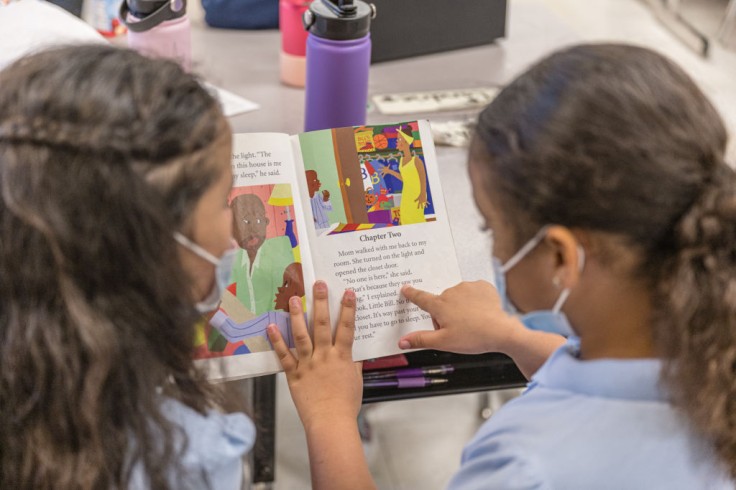
Nowadays, nurturing inclusivity in young children has become increasingly important.
Inclusivity refers to promoting and accepting the diversity of individuals, including those who have been historically marginalized or underrepresented.
It involves creating a welcoming and respectful environment where everyone feels valued and has equal opportunities, regardless of race, ethnicity, gender, religion, age, ability, sexual orientation, or socio-economic status.
When children are exposed to diversity and taught to appreciate differences, they are more likely to develop empathy and understanding for others.
This helps them to form positive relationships with people from different backgrounds and to view the world from a more compassionate and open-minded perspective.
With that, here are our top five tips and recommendations for nurturing inclusivity in children, so they grow up embracing diversity.
Top 5 tips for nurturing inclusivity
- Lead by example.
One way to raise inclusive kids is to lead by example. It will benefit children if parents, guardians, and other elderly family members are seen as role models for welcoming inclusivity.
Children learn from what they see and hear from adults. Demonstrate inclusivity and respect for diversity by treating everyone you meet with kindness and respect.
- Communicate cultural awareness.
According to motherly, parents can start nurturing inclusivity at an early age. Children begin to notice differences at a young age, so it's essential to start talking about inclusivity and diversity early on.
This helps to create a positive foundation for understanding and accepting differences later in life. However, parents also need to remember that when talking to young children about inclusivity and diversity, use straightforward language that they can understand.
It is best to avoid using terms or concepts that may be confusing or overwhelming.
- Use inclusive materials.
Inclusivity in kids can also be embedded through celebrating diversity in books, TV, toys, and other materials.
Exposing children to a diverse range of books, TV shows, and toys that feature characters and stories that reflect a range of experiences, cultures, and backgrounds will help kids better understand you when you talk about inclusivity.
According to Bright Horizons, children's books are a fantastic tool for examining differences in race, culture, and ability, especially when they feature real people in understandable situations.
- Teach empathy, compassion, and positive self-esteem.
Teach children empathy to understand and care about the feelings and experiences of others. Encourage them to consider different perspectives and to treat others as they would like to be treated.
According to Youth First, instill in your child a strong sense of empathy and a healthy sense of self-esteem. A child who is secure in their own identity is more likely to be accepting of those who are different from them.
Children are more likely to speak up for what's right if they can empathize with and understand how the feelings of others are affecting them.
- Talk about the consequences of exclusion.
Lastly, by explaining the consequences of exclusion in a developmentally appropriate way, children can learn about the importance of inclusivity and how their actions can impact others.
Additionally, children can develop the skills and values necessary to become kind and inclusive individuals by emphasizing empathy and positive behavior.
Also, explain to children that it's essential to include everyone, no matter how different they may seem. Emphasize the positive impact that inclusion can have on everyone involved.
When children are taught inclusivity, they are less likely to develop prejudice and discriminatory attitudes toward others.
This is important because prejudice and discrimination can lead to social and economic disparities and harm individuals and communities.
These are just a few ways to raise inclusive kids and introduce diversity to young children. The most important thing is to be intentional and consistent in your efforts and to model inclusiveness in all aspects of your life.
By raising children with inclusivity, we can help create a more inclusive society where everyone feels valued and has equal opportunities.